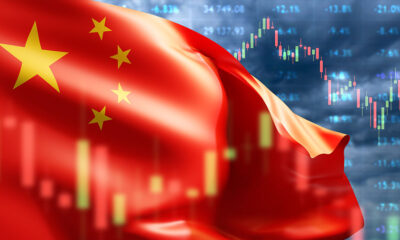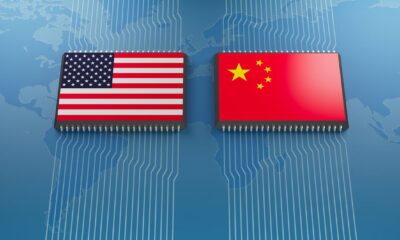Trade
China takes centre stage in Middle East diplomacy
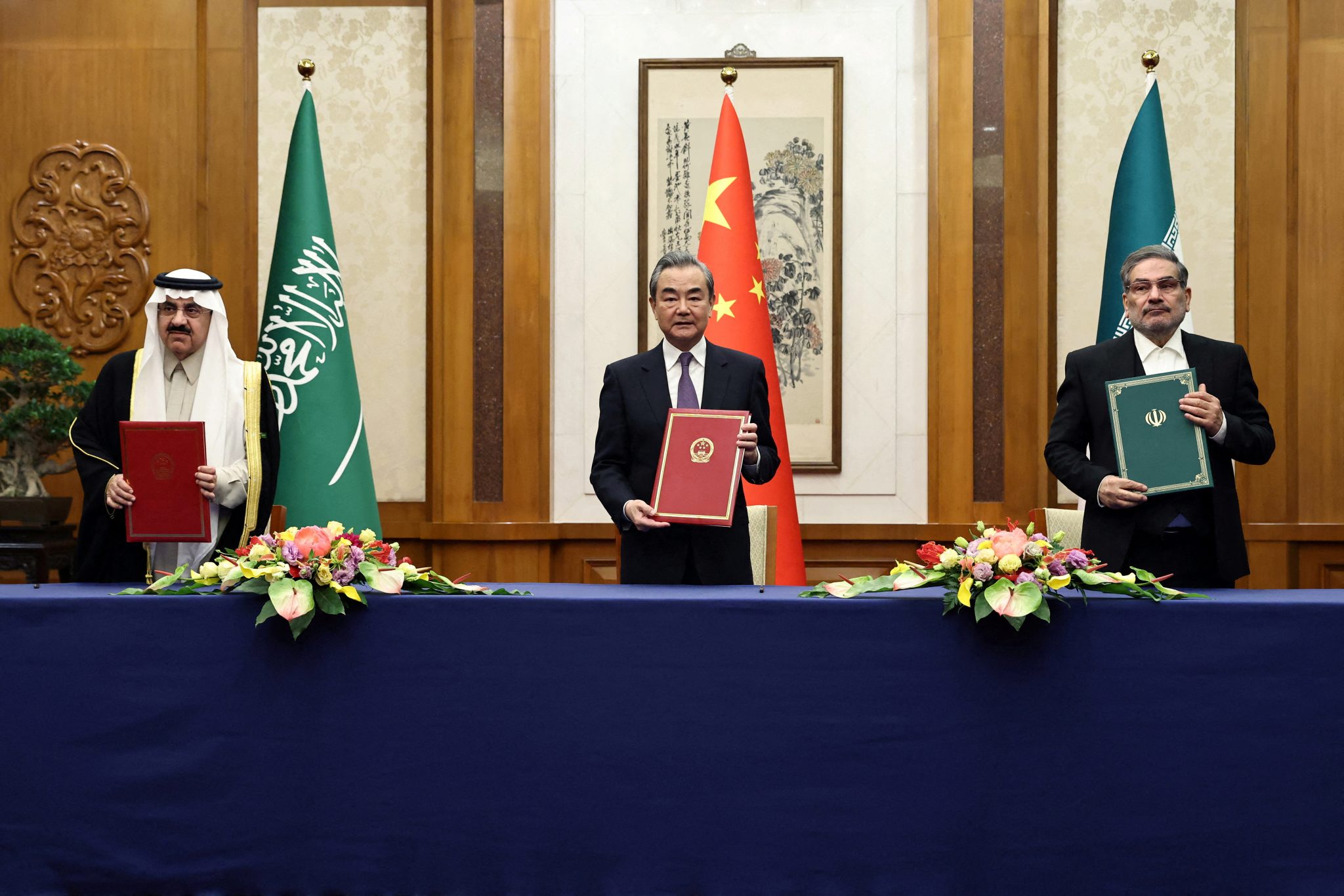
Author: Oliver B John, Astrolabe Global Strategy
In a move widely hailed in the Persian Gulf and cautiously welcomed by the United States Administration, senior Chinese, Iranian, and Saudi security officials agreed to re-establish diplomatic relations between Riyadh and Tehran.

Although Saudi Arabia and Iran have been quietly discussing ways to reduce tensions since at least 2021, China’s active role in brokering the agreement is particularly significant. This was likely the first time that China has leveraged its diplomatic ties to the region to resolve a major international political dispute. Given the ongoing geopolitical competition between Washington and Beijing, some observers ask whether China is positioning itself to replace the United States as the major external power in the region.
On 10 March 2023, Saudi Arabia and Iran concluded five days of discussions hosted by China, agreeing to restore diplomatic relations within two months. They also agreed to ground their relations on the principles of respecting sovereignty and non-interference in internal affairs. Delegates from the three countries ‘expressed their keenness to exert all efforts towards enhancing regional and international peace and security’. The Saudi and Iranian foreign ministers met in Beijing on 6 April to follow-up on the discussions.
Although the agreement represents a potential reduction in tensions, it is vague on the concrete steps Riyadh and Tehran will take, leaving room for speculation. Reports suggested that Iran would curtail its support for Houthi attacks on Saudi territory, a key Saudi goal. A statement by Iran’s mission to the UN, that the agreement would ‘accelerate the ceasefire, help start a national dialogue, and form an inclusive national government in Yemen’ seems to confirm this view.
The Houthis quickly denied that the Iran–Saudi deal would affect their actions since they are not ‘subordinate’ to Iran. On 16 March 2023, the Iranian Foreign Ministry also denied that the agreement covers Yemen, leaving open the question as to what, if any, commitments the Iranians might have made.
China has a clear incentive to push for a diplomatic solution to these tensions. Roughly 50 per cent of its imported oilcomes from the Persian Gulf region — Saudi Arabia was its largest single supplier in 2021. It also imports around 7 per cent of its liquid natural gas from Qatar and recently signed a long-term supply contract. Stability in the region is crucial to China’s energy security, and reducing tensions between Iran and Saudi Arabia and helping them resume formal diplomatic ties could increase that stability.
China was well positioned to mediate the dispute, as it is the largest oil export market for both Saudi Arabia and Iran, and accounted for over a quarter of Saudi crude oil exports in 2021. Since the United States reimposed sanctions on Iran’s oil industry in 2018, the country’s exports have dropped sharply, but this supply likely now goes to China. China’s strong relationships with both sides gave it a diplomatic edge over the United States in brokering the deal.
Although the United States had been encouraging its Gulf partners and allies to reduce tensions since the Biden administration took office, the United States had no real prospect of orchestrating such a high-level meeting.
Amid ongoing US–China competition, many observers questioned whether China’s diplomatic success represented a further decline in US regional influence or a drift in US–Saudi relations. While Chinese officials denied they were trying to fill any regional vacuum, they were happy to let others draw this conclusion. They emphasised their ‘historic role’ in brokering the deal as a ‘reliable mediator’ and stressed the importance of using dialogue to settle regional disputes, in contrast with the United States’ opposition to the Iranian regime.
Riyadh also maintained that China was not seeking to replace the United States in the region and confirmed that they briefed Washington before the negotiations and announcing the agreement. Saudi officials stressed that they view both Washington and Beijing as important partners and that they hoped not to be put in the middle of any ‘conflict between the two powers’.
Although China is still not challenging the United States as the preeminent external security guarantor for the region, it appears to be expanding its regional diplomatic influence. By demonstrating the effectiveness of Chinese diplomacy, Beijing encourages Saudi Arabia and other US regional…
Trade
Self-Reliance and Openness: Core Principles of China’s Third Plenary Session
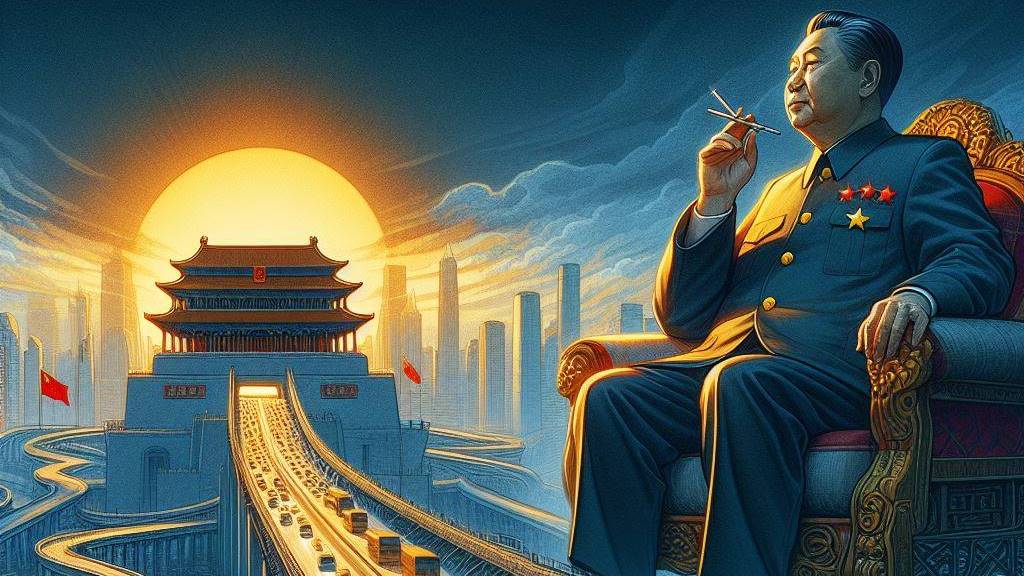
The Third Plenum communique from the CCP indicates a prioritization of stability and compromise in response to China’s economic challenges. It highlights the concept of Chinese-style modernization and establishes political guidelines for balancing regulation and market forces.
The CCP’s Third Plenum communique signals a focus on stability and compromise in the face of China’s economic challenges. It emphasises Chinese-style modernisation and sets political directions for balancing regulation and market forces. While not as groundbreaking as previous plenums, it acknowledges the importance of market mechanisms and technological self-reliance, aiming to address issues like high youth unemployment and private sector uncertainty. The communique seeks to navigate the complexities of global competition and domestic innovation, potentially reshaping global supply chains and trade dynamics. Overall, it presents a pragmatic blueprint for China’s economic future.
Source : Self-reliance and openness central pillars of China’s Third Plenum | East Asia Forum
Trade
Trade Prevails Over Political Persuasions in China-Germany Relations
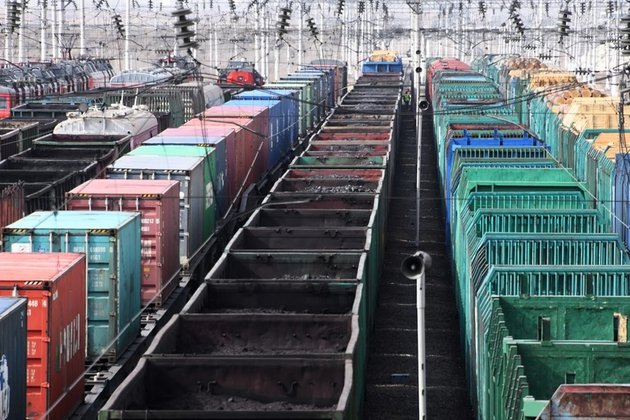
China and Germany maintain a strong bilateral relationship, rooted in economic cooperation despite ideological differences. Recent visits and agreements focus on expanding trade and addressing mutual concerns, navigating challenges while nurturing ties.
Evolving Bilateral Ties
China and Germany share a strong bilateral relationship, rooted in history since 1972. This connection has seen moments of cooperation intertwined with periods of tension. German Chancellor Olaf Scholz’s April 2024 visit underscores Germany’s commitment to fostering this partnership, reflecting a mutual interest in maintaining economic ties despite ideological differences.
Economic Pragmatism
As the second and third largest global economies, China and Germany’s economic interdependence is crucial. Germany emerged as China’s primary trading partner in 2023, with trade values reaching €254.4 billion (US$280 billion). In response to global scrutiny, Germany has taken a balanced approach, emphasizing economic stability over political discord. This was evident during Scholz’s prior visit in November 2022, where his diplomatic tone contrasted with broader EU sentiments.
Facing Challenges Together
Despite increasing public skepticism in Germany regarding China’s global influence and human rights issues, both nations continue to seek common ground. Their October 2023 Joint Statement highlights intentions to pursue cooperation in areas like carbon neutrality and open markets. To navigate these complex terrains, Germany can utilize its institutional frameworks to enhance dialogue, while also considering supply chain diversification to reduce dependency on China. The intertwining nature of their economies suggests that, despite challenges, both countries will continue to prioritize their substantial trade relations.
Source : Trade trumps political persuasions in China–Germany relations
Trade
Fixing fragmentation in the settlement of international trade disputes

Fragmentation in global trade due to the lack of development in multilateral trade rules at the WTO has led to an increase in FTAs. The Appellate Body impasse has further exacerbated fragmentation, requiring a multilateral approach for reform.
Fragmentation in Global Trade
Fragmentation in global trade is not new. With the slow development of multilateral trade rules at the World Trade Organization (WTO), governments have turned to free trade agreements (FTAs). As of 2023, almost 600 bilateral and regional trade agreements have been notified to the WTO, leading to growing fragmentation in trade rules, business activities, and international relations. But until recently, trade dispute settlements have predominantly remained within the WTO.
Challenges with WTO Dispute Settlement
The demise of the Appellate Body increased fragmentation in both the interpretation and enforcement of trade law. A small number of WTO Members created the Multi-Party Interim Appeal Arbitration Arrangement (MPIA) as a temporary solution, but in its current form, it cannot properly address fragmentation. Since its creation in 2020, the MPIA has only attracted 26 parties, and its rulings have not been consistent with previous decisions made by the Appellate Body, rendering WTO case law increasingly fragmented.
The Path Forward for Global Trade
Maintaining the integrity and predictability of the global trading system while reducing fragmentation requires restoring the WTO’s authority. At the 12th WTO Ministerial Conference in 2022, governments agreed to re-establish a functional dispute settlement system by 2024. Reaching a consensus will be difficult, and negotiations will take time. A critical mass-based, open plurilateral approach provides a viable alternative way to reform the appellate mechanism, as WTO Members are committed to reforming the dispute settlement system.
Source : Fixing fragmentation in the settlement of international trade disputes


